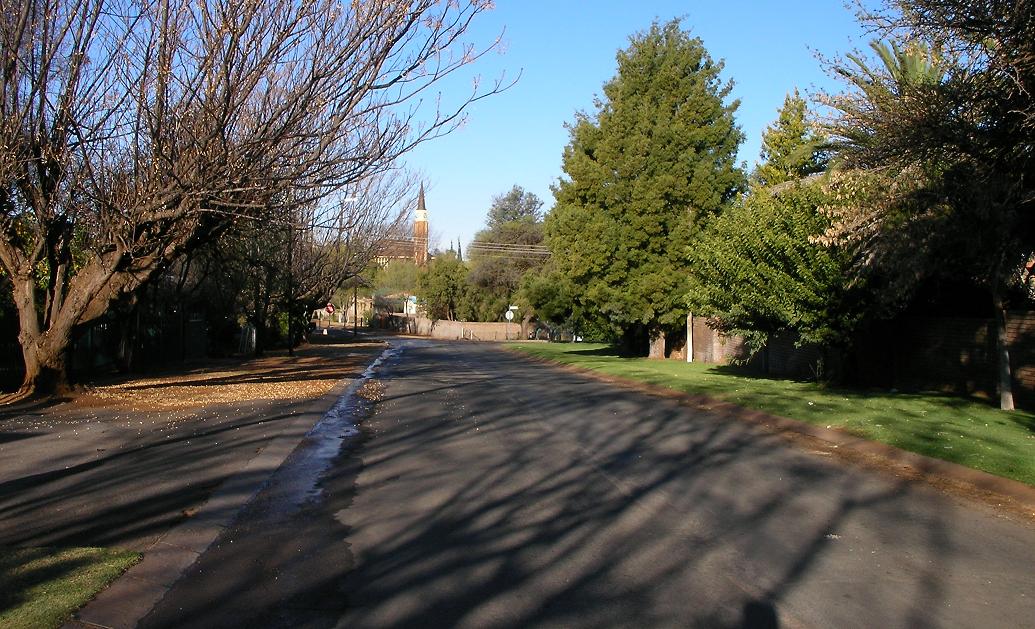Kuruman Eye on:
[Wikipedia]
[Google]
[Amazon]
Kuruman is a small town with just over 53,000 inhabitants in the 
Visit Kuruman
Travel Guide and Accommodation in Kuruman
Kuruman on the Northern Cape Tourism Authority website
{{Authority control Populated places in the Ga-Segonyana Local Municipality Populated places established in 1887
Northern Cape
The Northern Cape is the largest and most sparsely populated province of South Africa. It was created in 1994 when the Cape Province was split up. Its capital is Kimberley. It includes the Kalahari Gemsbok National Park, part of the Kgalagadi T ...
province of South Africa. It is known for its scenic beauty and the Eye of Kuruman, a geological feature that brings water from deep underground. The abundance of water produces an unexpected swathe of green amidst the barren plains and is known as the Oasis of the Kalahari. It was at first a mission station of the London Missionary Society founded by Robert Moffat (missionary), Robert Moffat in 1821 in South Africa, 1821. It was also the place where David Livingstone arrived for his first position as a missionary in 1841 in South Africa, 1841. The Kuruman River, which is dry except for flash floods after heavy rain, is named after the town.
Origins
Kuruman is regarded as the “Oasis of the Kalahari”. It is set out on the Ghaap Plateau and receives its water source from a spring called “The Eye” which rises in a cave in the semidesert thornveld area in the Kalahari region. Kuruman is the main town in the area and the spring gives about 20 to 30 million litres of water daily to approximately 10 000 inhabitants. It is also known as “Die Oog” or “Gasegonyane” in the Kalahari region. The name Kuruman is derived from the Chief who lived in the area, named Kudumane. Robert Moffat (missionary), Robert Moffat, a missionary from the London Missionary Society, also lived there from 1820 to 1870. Moffat helped build the famous Moffat Church which was completed in 1838 and is still used for regular church services. While living in Kuruman, Moffat translated the bible into the Tswana language: this was the first bible in an indigenous southern African language.Location and climate
Kuruman is situated on the main route between Gauteng and Namibia/Cape Town via Upington. The route is growing in popularity because of its beautiful nature and various tourist attractions. Kuruman lies virtually on the edge of the Kalahari at the foot of a range of low hills. It has relatively mild weather patterns compared to other Northern Cape towns, such as Upington and Springbok, Northern Cape, Springbok, and is surrounded by more vegetation than Upington and Springbok, which are mostly semi-arid to desert environments.Economy
Mining and agriculture (cattle and game) support Kuruman's thriving economy. Minerals mined in Kuruman include Manganese, Iron Ore, Tiger's eye and Crocidolite. The richest deposits of Crocidolite in the world are found in the Kuruman district.Demographics
According to the 2001 census, Kuruman had a population of 9,824, of which 4,267 (43.4%) were Coloured, 3,549 (36.1%) were White South African, White and 1,969 (20.0%) were Black people, Black. The most spoken language at home was Afrikaans with a percentage of 80.68%, followed by Tswana language with 14.8%. Males make up 50.58% of the population and females, 49.42%.Attractions
The Eye of Kuruman
This is a natural fountain delivering approximately of crystal clear water daily which supplies domestic water, feeds the Kuruman River and spills more water into two irrigation canals which are in length. The Eye was claimed to have been discovered in 1801 and this led to the establishment of the mission station in the early 19th century. The Eye then came to be described as "The fountain of Christianity". It is the biggest natural fountain in the Southern Hemisphere. In the early years, Tswana people called this fountain ''Gasegonyane'' which means "small water calabash with bubbling water".Other attractions
*Billy Duvenhage Nature Reserve *Raptor Route *Moffat Mission *Truce Tree which dates back to the 1914 Rebellion *Tswalu Kalahari Reserve – the country’s largest privately owned game reserve *Bird Sanctuary – wetland area with grass, reeds and trees. There are about 115 species of birds. *Northern Cape's only Instrumentation Engineering company, Mdux Instrumentation and Control System *Wonderwerk Cave *Kuruman Hiking Trail *Kgalagadi Transfrontier Park – where one can experience mine excursions *Boesmansgat/Sinkhole situated at Mount Carmel Farm. This cave is acclaimed the sixth deepest submerged cave in the world – also known as a sinkhole *The Kalahari Meerkat Project, made famous by the television series Meerkat Manor, is located nearby, in the Kuruman River Reserve. *Kuruman was home to well-known local author and Sanusi/Zulu traditional healer, Vusamazulu Credo Mutwa, Credo Mutwa.See also
*European exploration of Africa *List of returned Peace Corps VolunteersReferences
External links
Visit Kuruman
Travel Guide and Accommodation in Kuruman
Kuruman on the Northern Cape Tourism Authority website
{{Authority control Populated places in the Ga-Segonyana Local Municipality Populated places established in 1887